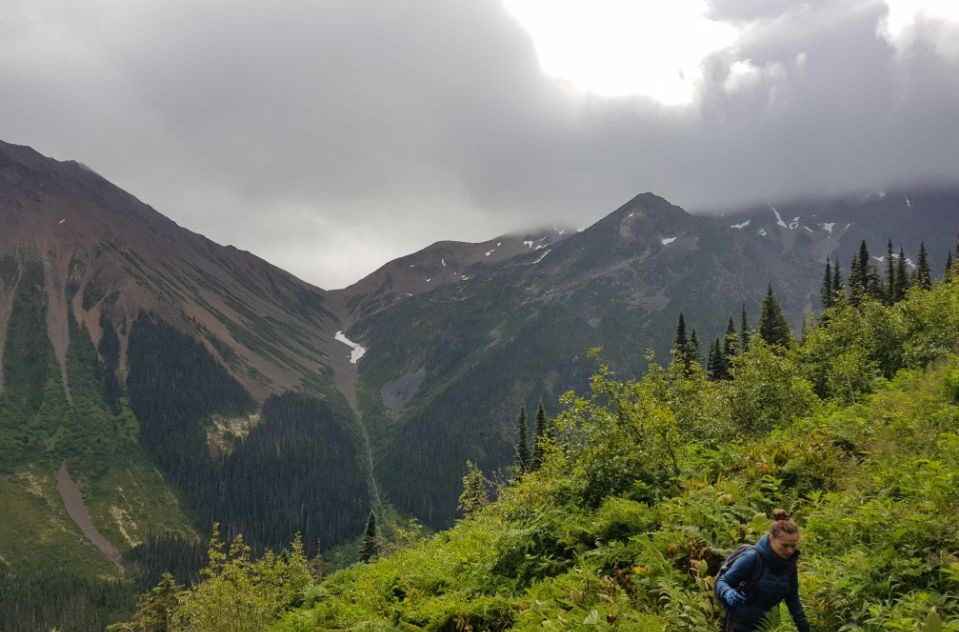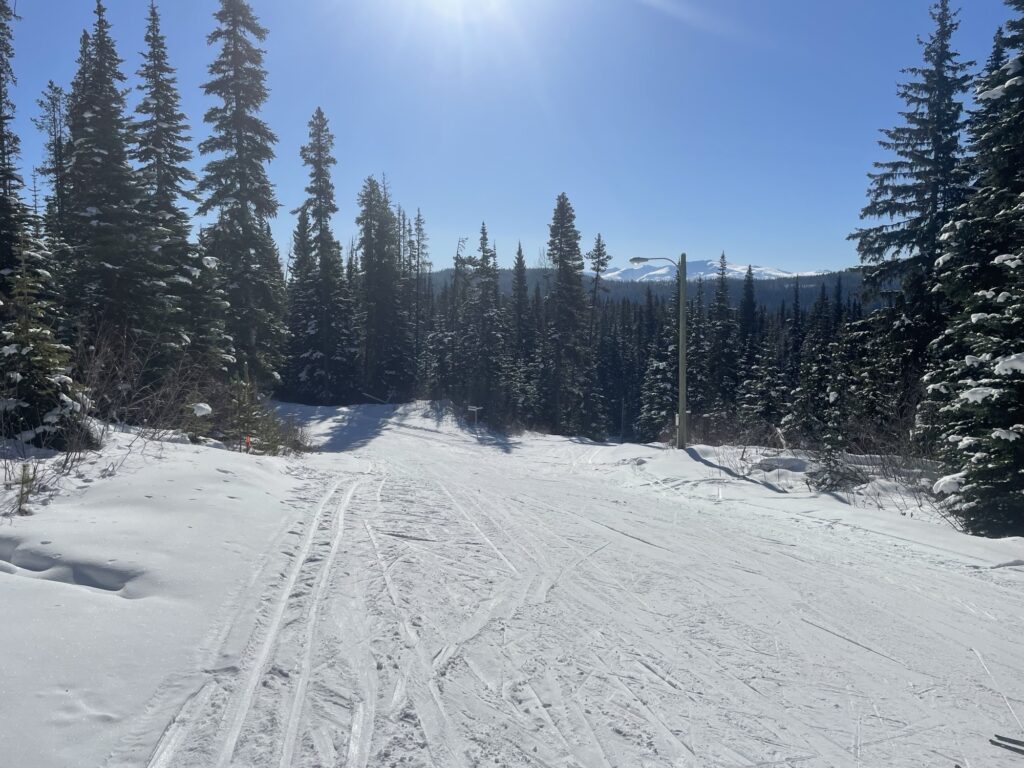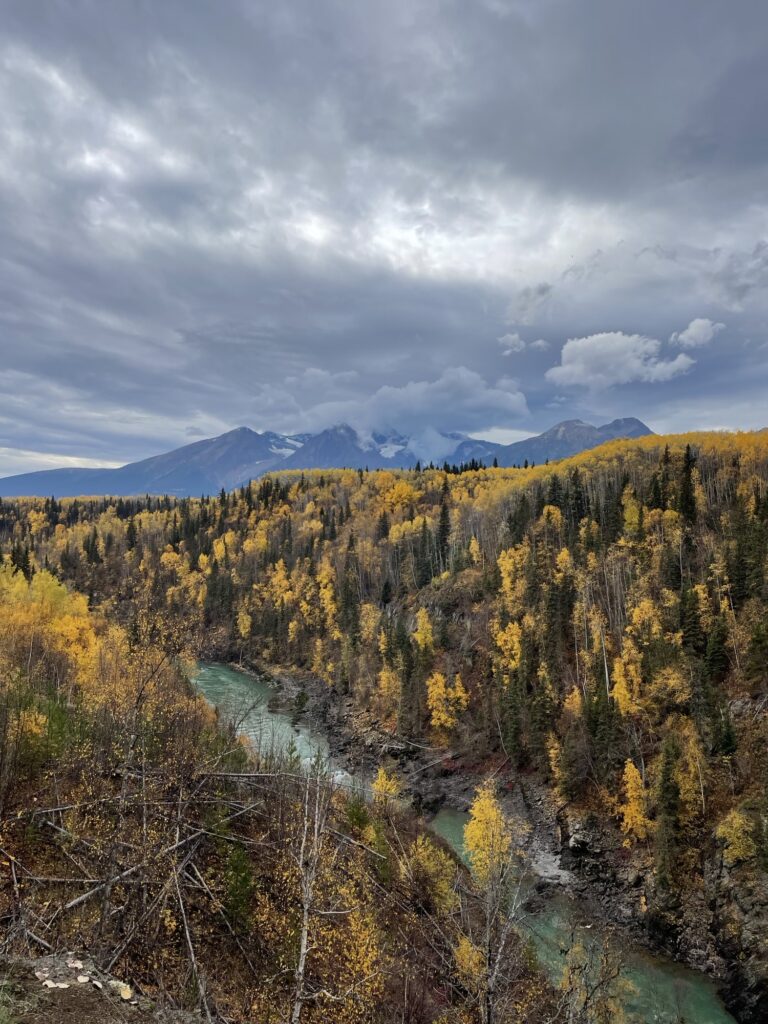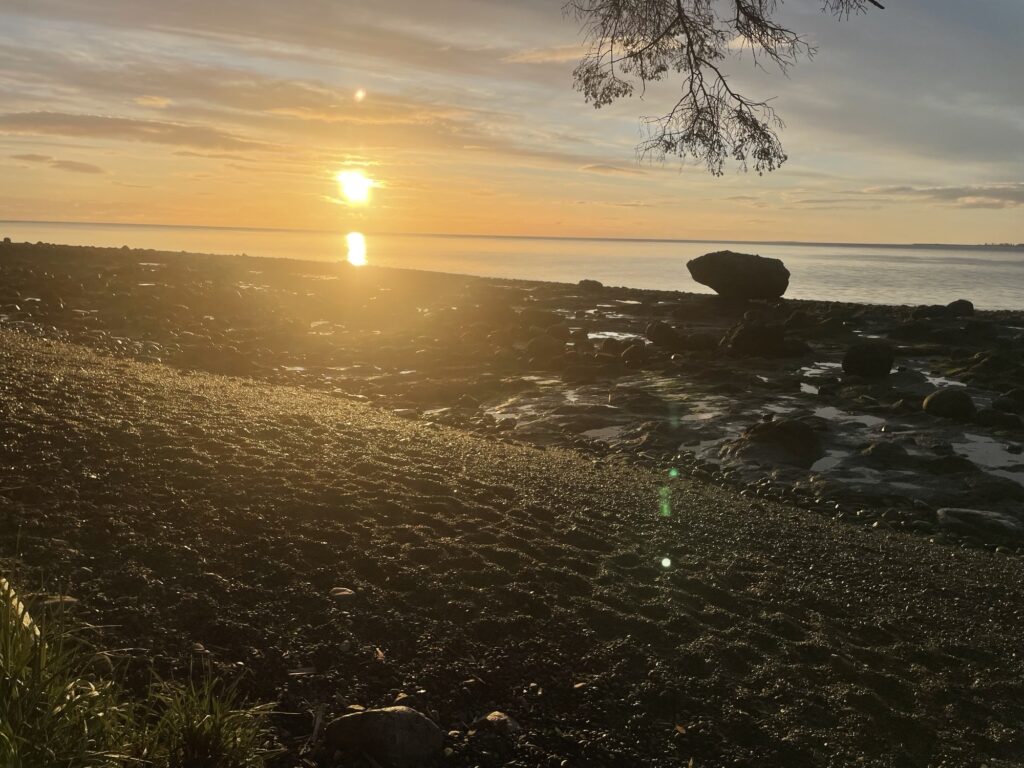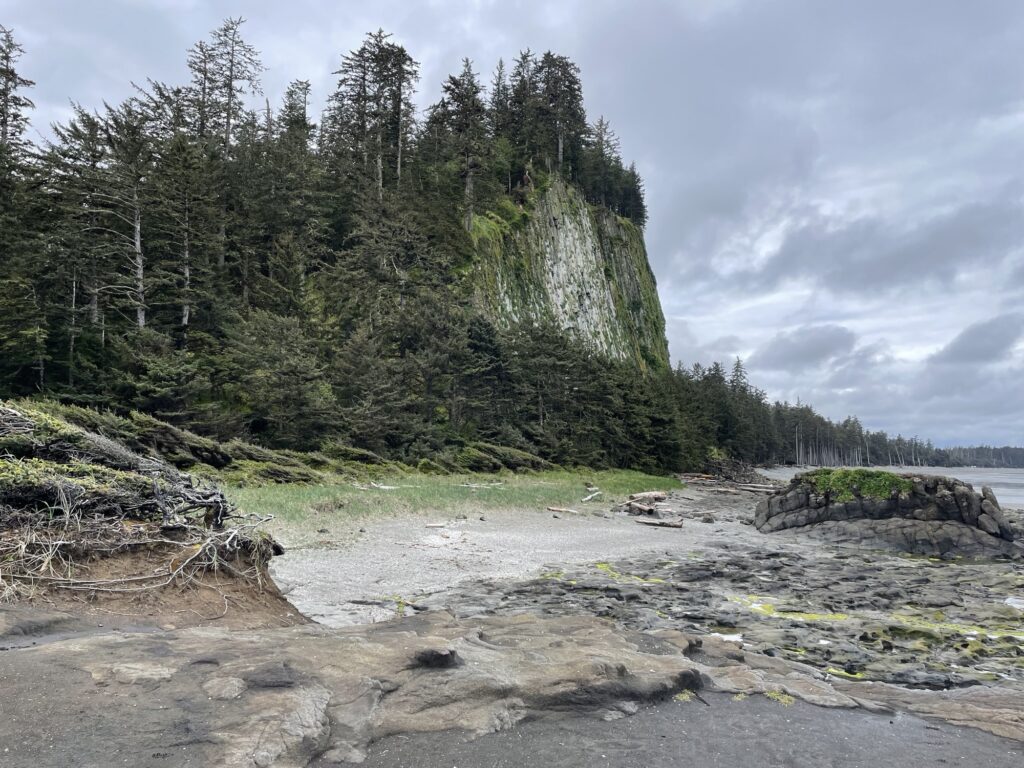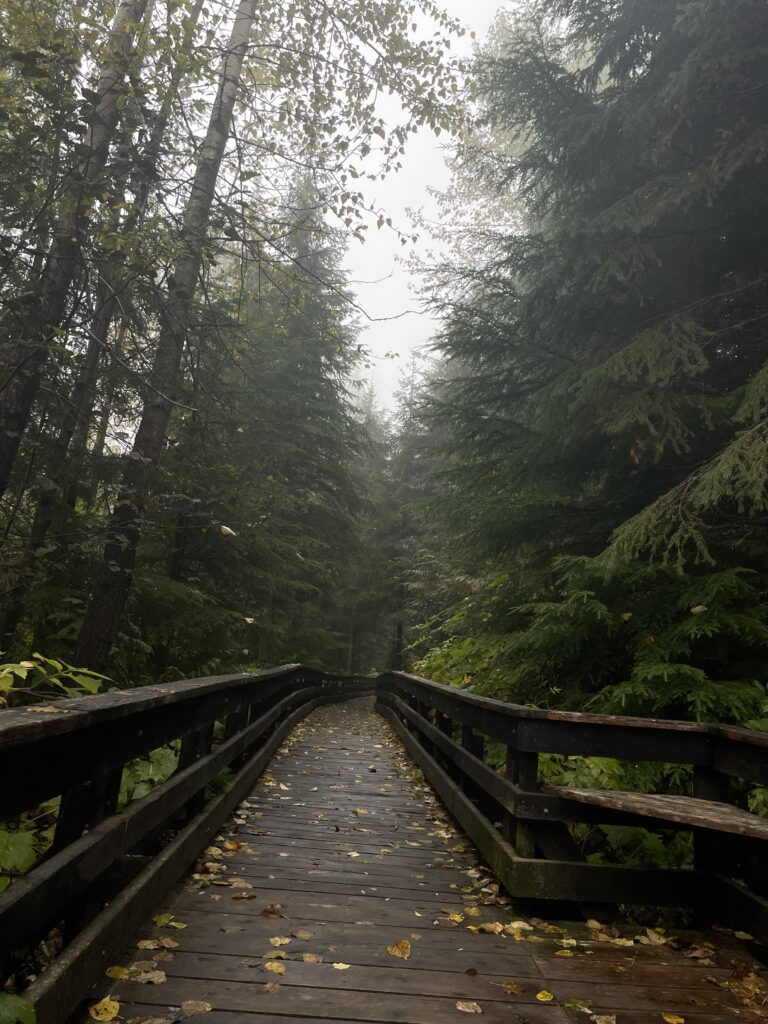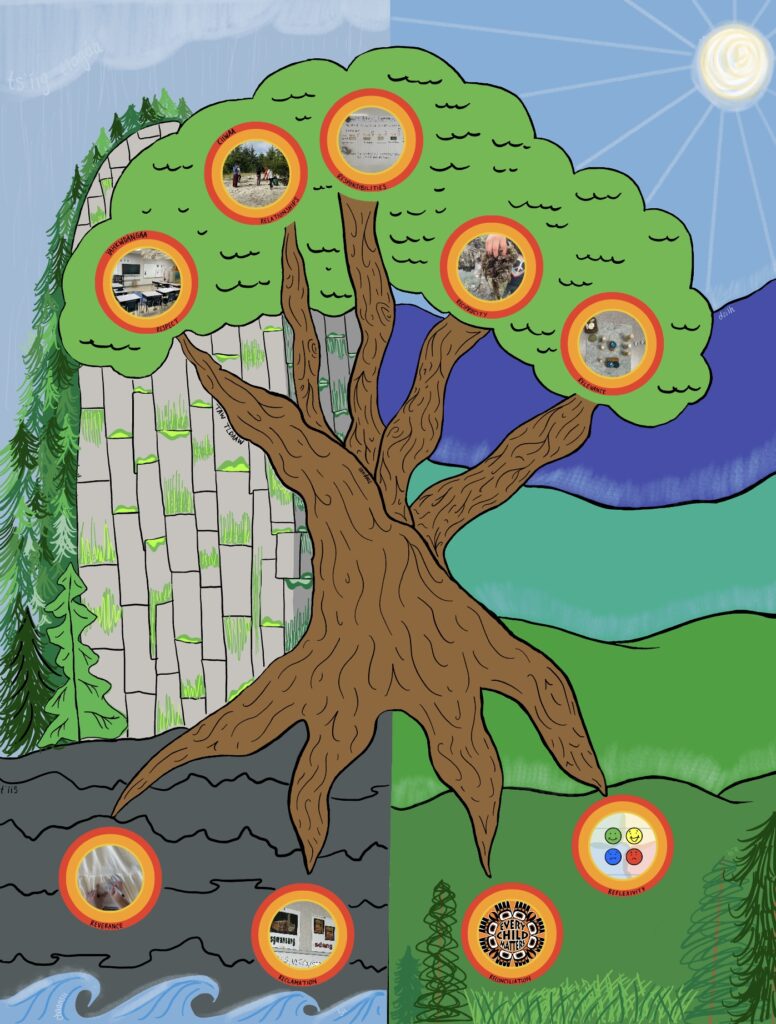Standard 5
Throughout the program thus far, we have talked about the importance of connecting the activity to the learning. There is a great deal of intentionality behind the curation of a lesson plan. We aim to ensure that students will have space to reflect and make connections between content and real life. In order to effectively plan and utilize all of the time we are given, we must be organized and have an intentional idea that we can provide for the students. That being said, educators are required to be flexible to work with the students, but planning is essential to this as well.
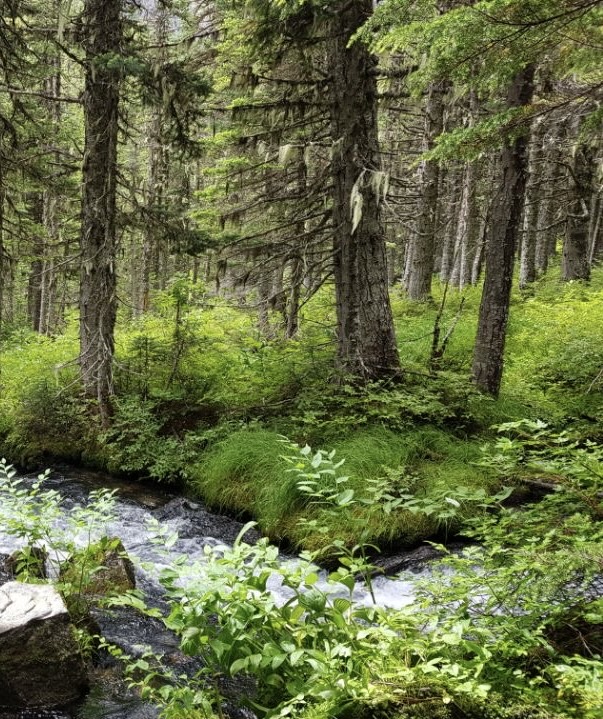
Having an idea of where to go next is important in maintaining consistency and classroom management. To make our lessons stronger and to make us better at our practice, collaboration is essential. Especially in the early years of teaching, being open to the feedback that colleagues are willing to offer to enhance the lesson for the students and to refine skills as a teacher. This can apply to assessment strategies as well to ensure that students are getting the most out of the learning activities and are informed on where to go next in terms of improvement. Collaborating with others opens our eyes to various strategies to implement in our classroom and connects our content to our classrooms and extends unto our community.
I taught a science unit on mountain ecosystems during my practicum. My choice to cover the mountain ecosystem was intentional as Hudson Bay Mountain is a prominent natural feature in Smithers. We began the unit with a nature walk where we identified different living and non-living things (we saw a moose which was very exciting!). We were out on the land for this specific lesson.
The next lesson I showed students photos of local mountain ranges that I have taken while hiking in recent years. Students were able to connect with the photos they were shown. Some had even been to some of the places. I strongly believe the level of engagement was due to the fact that we were focusing on the local.

Students were able to apply their knowledge they had prior to the unit and acquired during the unit to contribute to their final summative project. Most students were proficient and clearly grasped the concepts of how ecosystems worked. We built clay dioramas of mountain ecosystems where they had to represent a minimum of one producer, one consumer, one predators, and one decomposer. They had very articulate creations and I could see how it was connected to what we learned in the unit. There was a clear connection between the individual experiences that the learners had as well as their interpretations of the curricular content.

